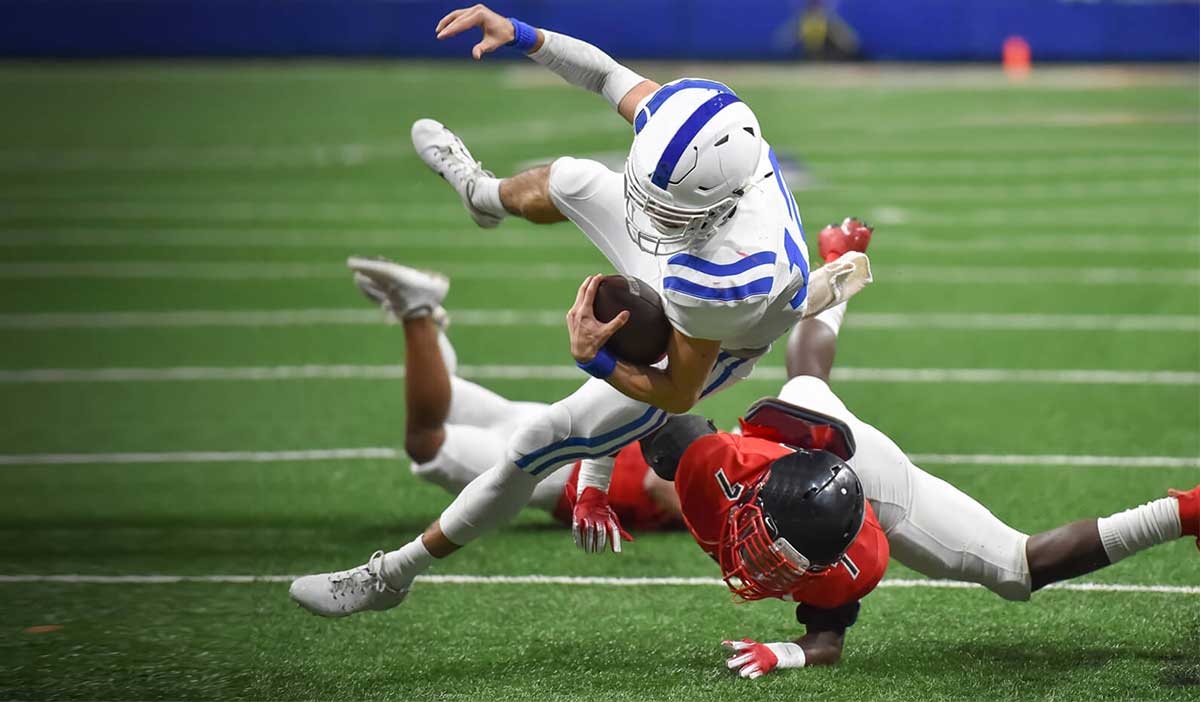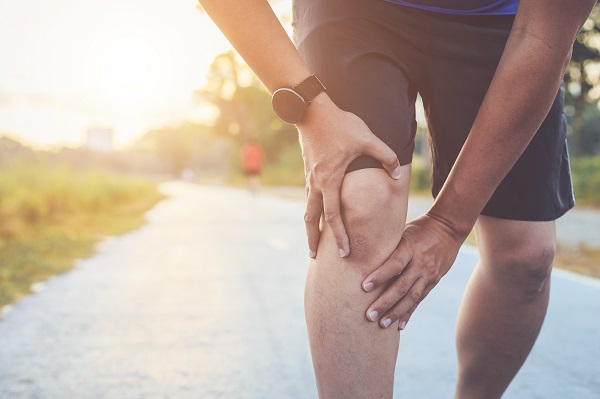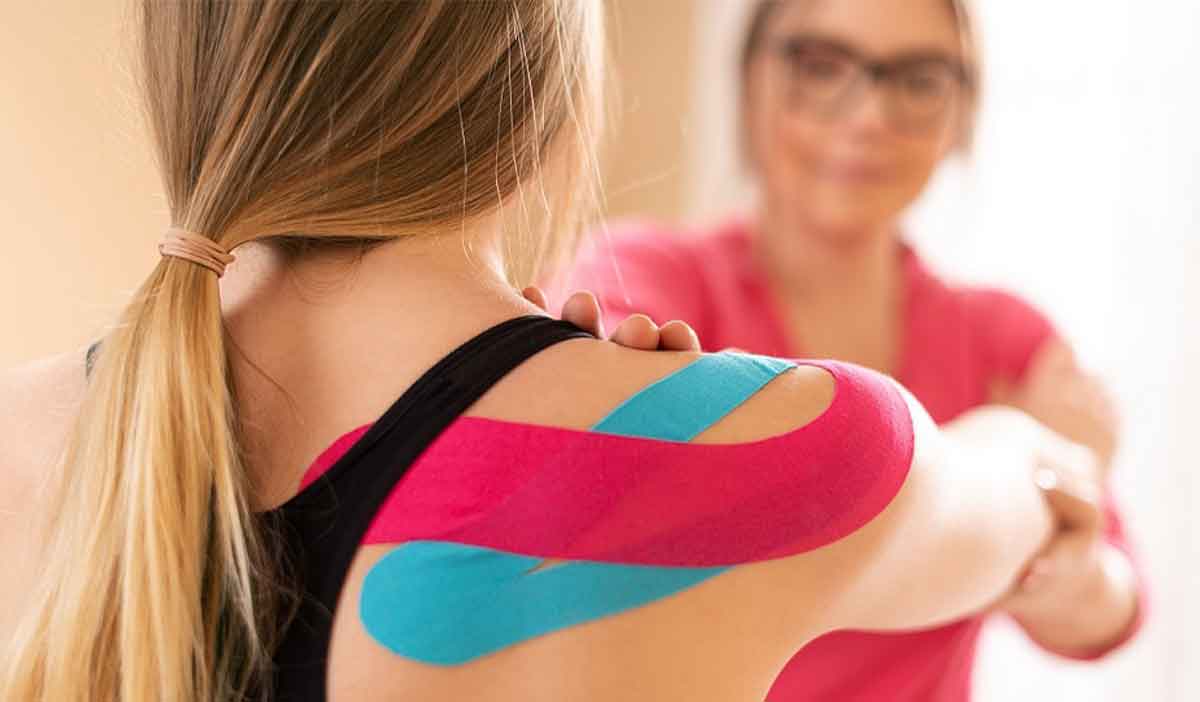Thanks to the COVID-19 pandemic, most of 2020 has been anything but typical. As the leaves begin to change and we become more accustomed to this “new normal,” some things are finally starting to get back to normal.
School’s finally in session again across north-central Indiana, and many student-athletes are back to having fun and participating in fall sports.
Avoid making any rookie mistakes. Whether your MVP is spending hours after class in the gym, on the field, or in the pool, read on to learn how you can help them stay safe—and prevent avoidable sports injuries—while they’re going for a big win.

Injury prevention
Although you can’t prevent every accident, there are lots of things you can do to help your child or teen avoid being sidelined by an injury caused by playing fall sports. Some ways you can help include:
- Require adequate warm-ups: Regular stretching helps get the blood pumping and ensures your student-athlete’s muscles and tendons ready for play (and can even help prevent injury). Stretching after exercising is important too as it can reduce muscle tension and more.
- Recommend variety in their activities: Practicing only one sport year round is a potential recipe for disaster. Encourage your student-athlete to change the activities and sports they participate in. Cross-training helps ensure that they don’t over-stress and over-use the same joints and muscles.
- Focus on getting enough sleep: Researchers have found that student-athletes who got enough sleep every night were 68% less likely to be injured than their counterparts who got inadequate sleep.
- Help them eat right: It takes more than just eating a well-balanced diet to stay healthy. Make sure your student-athlete maintains a regular meal schedule for eating their breakfast, lunch, and dinner.
- Prevent the spread of germs: Keep your student-athlete’s uniforms, workout clothing, and practice equipment clean to avoid spreading fungal, viral, and bacterial infections.
- Schedule downtime: Rest is critical between practices, games, tournaments, and seasons to allow your student-athlete enough time to recuperate.
Learn more about common sports injuries for teens
Dealing with unavoidable sports injuries
“When in doubt, keep the athlete out” is wise advice. Long-term health is more important than a short-term win. Talk to your student-athlete and make sure they know that they don’t have to be tough and ignore the pain from an injury!
When kids attempt to play through their pain, their injuries often worsen. That’s why early intervention is always the best play.
Sometimes your student-athlete might not tell you they are injured. Look for signs that something is up. Problems can show up as a slight limp or a new way of throwing a ball. Always ask questions and find out what’s really happening so you can help them get care if they need it.
If your child is hurt and experiencing persistent pain, instability, or swelling during and after playing that doesn’t go away with rest, see a sports medicine doctor or orthopedic provider to evaluate their condition correctly and recommend, if appropriate, necessary treatments or therapies.
Expertise and care to get your student-athlete competing again
Logansport Memorial Hospital’s experienced team of sports medicine doctors, orthopedic surgeons, and physical therapists is committed to keeping your entire family healthy and active.
When your child is experiencing pain from a sports injury, we can help diagnose the issue and prescribe the best plan for recovery.
Learn more about sports medicine at LMH
You might also like:
- How Do You Know When It’s Time to See a Doctor for an Injury?
- When You Should Go to the Doctor Vs. the Emergency Room
- Achilles Tight? How to Know When to See a Doctor




